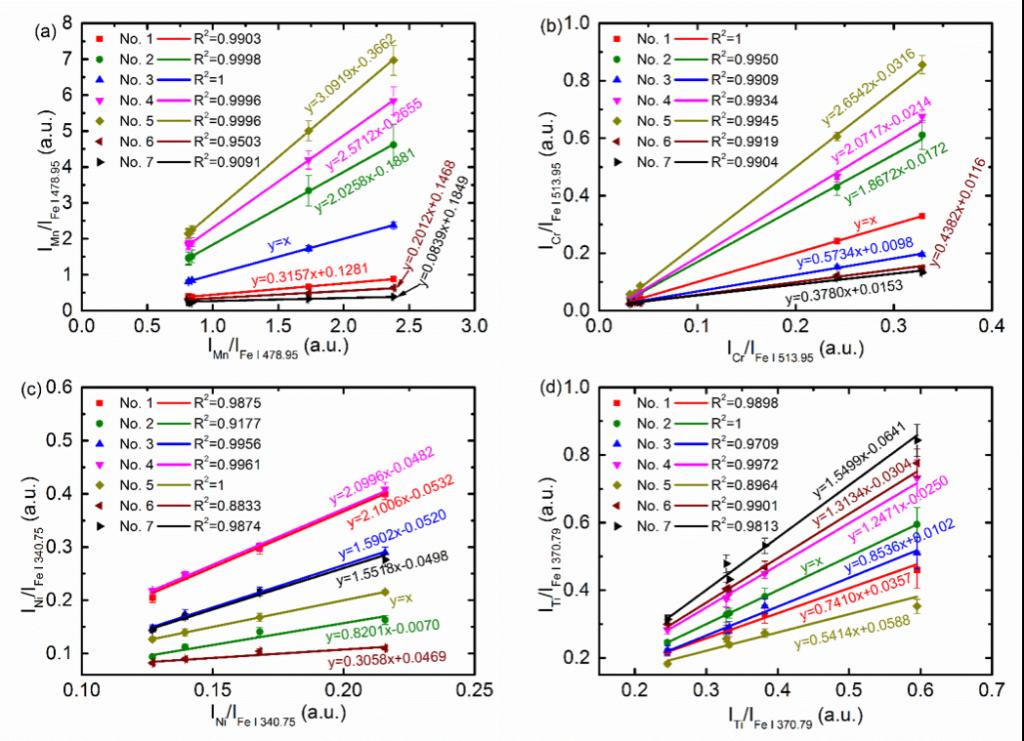Laser-induced breakdown spectroscopy (LIBS) is an emerging analytical technique due to its unique advantages such as fast multi-elemental analysis, realtime and in situ detection, remote sensing capability, and direct analysis of any type of materials. The method has been used in industrial and agricultural production, biological and medical testing, environmental protection, geological and resource exploration, sea and space exploration, artifacts and jewelry identification, etc. However, quantitative aspects have generally been considered a shortcoming of LIBS, which greatly limits its application and weakens its positive features. Although the calibration-free laser-induced breakdown spectroscopy (CF-LIBS) and its variations are low cost, short time consumption and high adaptability, CF-LIBS can only provide a highly accurate quantitative estimation for major elements, and difficult for minor and trace ones. CF-LIBS is based on the closure relation, so the method cannot be used to analyze individual elements in one sample, and the analysis error of one element can affect the others.
The LIBS research group of Wuhan National Laboratory for Optoelectronics made in-depth investigations on new method of quantitative LIBS, and presented a one-point and multi-line calibration (OP-MLC) method based on a single standard sample and multi-line intensities of the detected element. OP-MLC-LIBS can quantitative analysis element use only a single standard sample. The normalized intensity ratios of the lines can be obtained from the slope of each linear fitting function, by which the concentration of ‘unknown’ samples can be calculated. In this work, the reliability of this method was validated by analyzing several trace Mn, Cr, Ni and Ti elements in low-alloy steel standard samples. The results showed that OP-MLC-LIBS has the advantage of no requiring large number of standard samples and no complicated calculations. The AREs of Mn, Cr, Ni and Ti elements determination in six test samples are 9, 22, 21 and 36%, respectively. This study provides a new way for rapid quantitative analysis of unknown samples using LIBS.
This work has been published in Optics Express (Z. Q. Hao, L. Liu, R. Zhou, Y. W. Ma, X. Y. Li*, L. B. Guo, Y. F. Lu, and X. Y. Zeng, “One-point and multi-line calibration method in laser-induced breakdown spectroscopy,” 26(18), 22926-22933, (2018)).
The research was financially supported by the National Natural Science Foundation of China (No. 61575073) and China Postdoctoral Science Foundation (No. 2017M622415).

Fig. 1. Normalized intensity of the analyzed element in an unknown sample as a function of that in a standard sample: (a) Mn; (b) Cr; (c) Ni; and (d) Ti.

Fig. 2. Comparison of predicted concentrations by OP-MLC-LIBS and certified concentrations for Mn, Cr, Ni, and Ti elements. The short dot line corresponds to the ideal correspondence between determined concentration and nominal concentration.